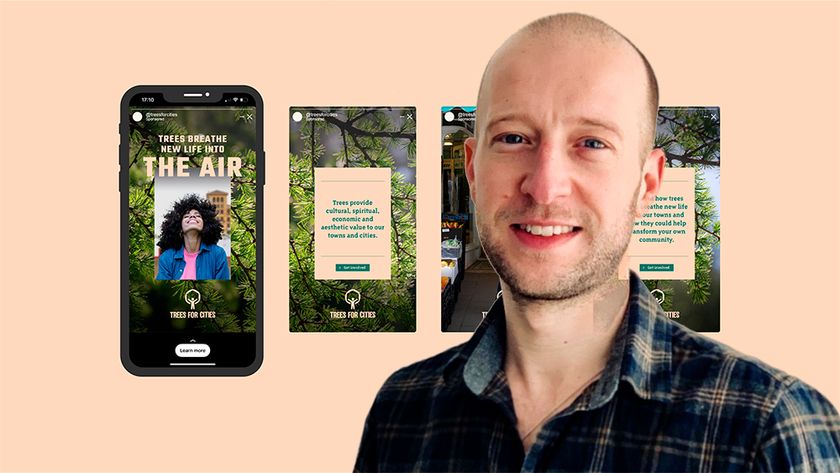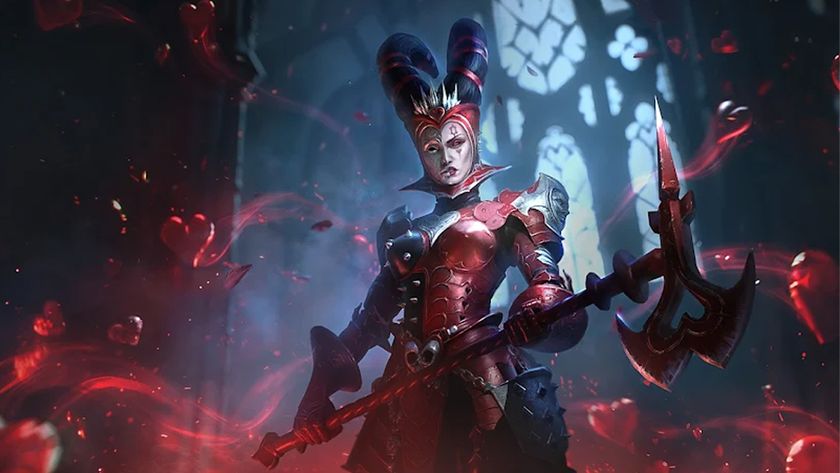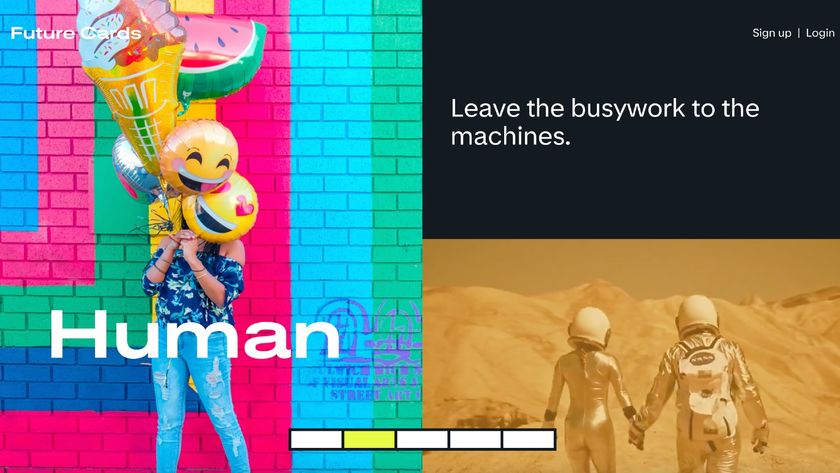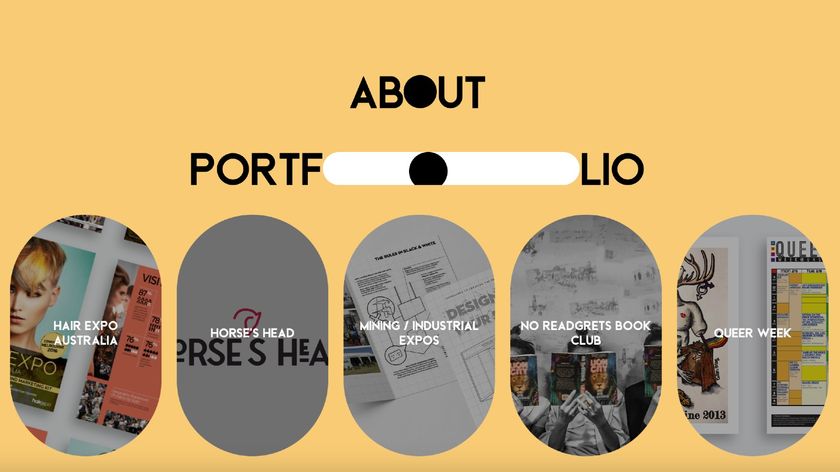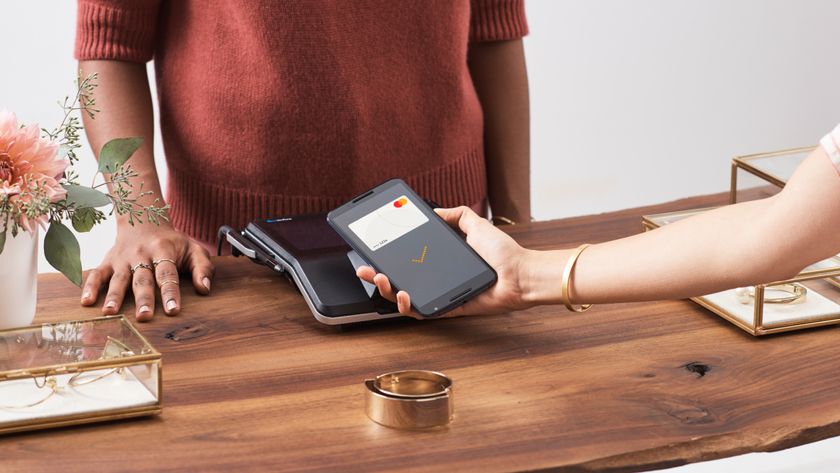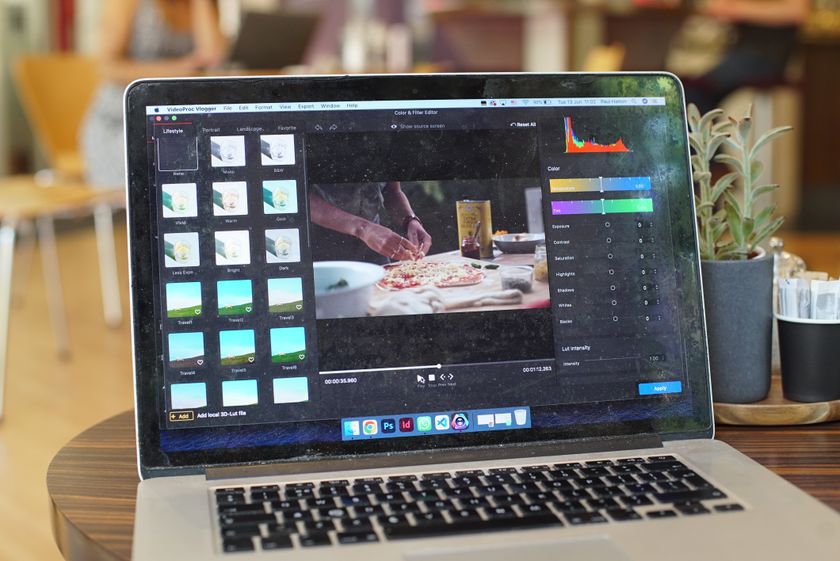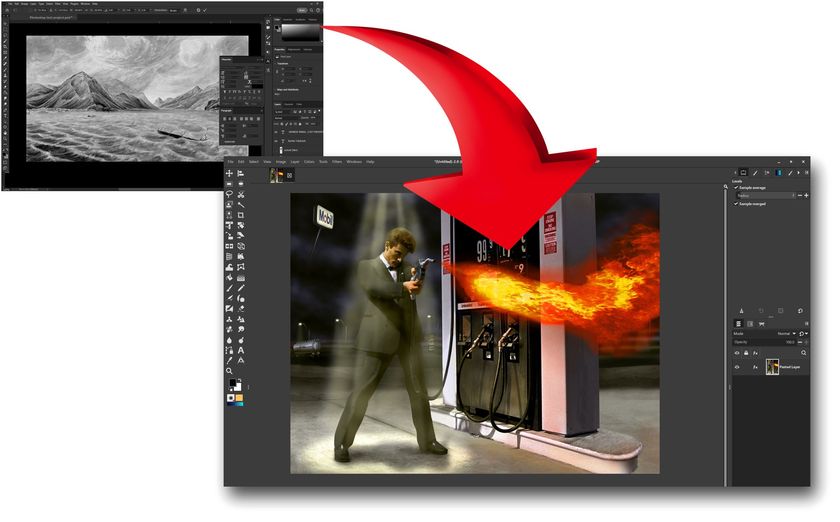How to promote yourself on any budget
Follow our pro self-promo survival guide on how to get your name out there without breaking the bank.
Although a strong skillset and a stunning portfolio of work are both huge assets when attempting to make your mark in today's competitive marketplace, they're often not enough.
Developing a full-blown promo campaign may seem like overkill, but there are different grades – and accompanying costs – that you can work to, depending on your needs. Here's how you do it…
01. Build your own brand

The first step is one of the hardest, but lays the foundations for any promo activity that follows: branding yourself. This doesn't necessarily mean building an all-dancing identity, but at its most basic it does mean considering how clients – both existing and prospective – think about you. It's about defining and communicating your core values.
There are lots of reasons why thinking about your brand will pay dividends. Firstly having a strong brand yourself is a great way of demonstrating to clients that you know your stuff, and can communicate their values just as effectively.
Secondly, if you're just starting out, making your own brand is useful experience, especially if you set yourself a clear brief. The exercise will help you crystallise your business plan and, let's not forget, doing the branding work yourself is also free.
02. Identify your target market
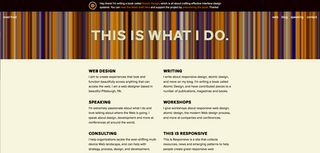
To get started on your branding project, think about your target market – with, or for whom, do you want to work? What do they expect? Make sure you tell them that's what you offer.
Your brand will need a name. Pick something memorable, timeless and also do some Google keyword research. When you've decided on your name, register the web domain straight away. This can cost as little as a pound. Then, when you own it, make sure you renew the address.
03. Design your logo
Next up is, of course, designing your logo. It's not essential, but can certainly be a rewarding process. Krzysztof Zdunkiewicz runs a one-man studio in Warsaw, Poland. He specialises in art direction and custom lettering, and saw a real uplift in business after turning his skills on himself.
Zdunkiewicz created a cohesive visual identity for himself and his studio. Starting with his logo, the designer crafted a custom 'Z'-shaped geometric mark that can be used across a breadth of promotional material.
04. Think physical
With a brand sorted, the next step for many designers is to craft some tangible print items. A beautifully crafted piece of print can make a huge impact, especially in the age of digital.
Business cards may seem like they belong to a bygone age, but they're still perpetually useful to have to hand, and the best-designed examples could also end up being featured on sites like our very own Creative Bloq as inspirational pieces of design in their own right.
Services like Moo and Vistaprint can be excellent for cheap, short runs. With Moo, for instance, you can expect to pay around £20 for 100 basic cards. Choose recycled paper and the cost jumps to around £30 per hundred cards. If you want to really impress you can opt for 600gsm paper. This pushes the cost to around £60 per hundred.
The two services we've mentioned also offer a wider menu of marketing products too. Vistaprint will, for example, print 100 A5 postcards for around £30. Of course, sending postcards is a standard play when it comes to making that initial approach to an art editor, so it can pay to think beyond the obvious if you want to stand out from the crowd.
Next page: five more essential self-promo tips

Thank you for reading 5 articles this month* Join now for unlimited access
Enjoy your first month for just £1 / $1 / €1
*Read 5 free articles per month without a subscription

Join now for unlimited access
Try first month for just £1 / $1 / €1
Get the Creative Bloq Newsletter
Daily design news, reviews, how-tos and more, as picked by the editors.
The Creative Bloq team is made up of a group of design fans, and has changed and evolved since Creative Bloq began back in 2012. The current website team consists of eight full-time members of staff: Editor Georgia Coggan, Deputy Editor Rosie Hilder, Ecommerce Editor Beren Neale, Senior News Editor Daniel Piper, Editor, Digital Art and 3D Ian Dean, Tech Reviews Editor Erlingur Einarsson and Ecommerce Writer Beth Nicholls and Staff Writer Natalie Fear, as well as a roster of freelancers from around the world. The 3D World and ImagineFX magazine teams also pitch in, ensuring that content from 3D World and ImagineFX is represented on Creative Bloq.




